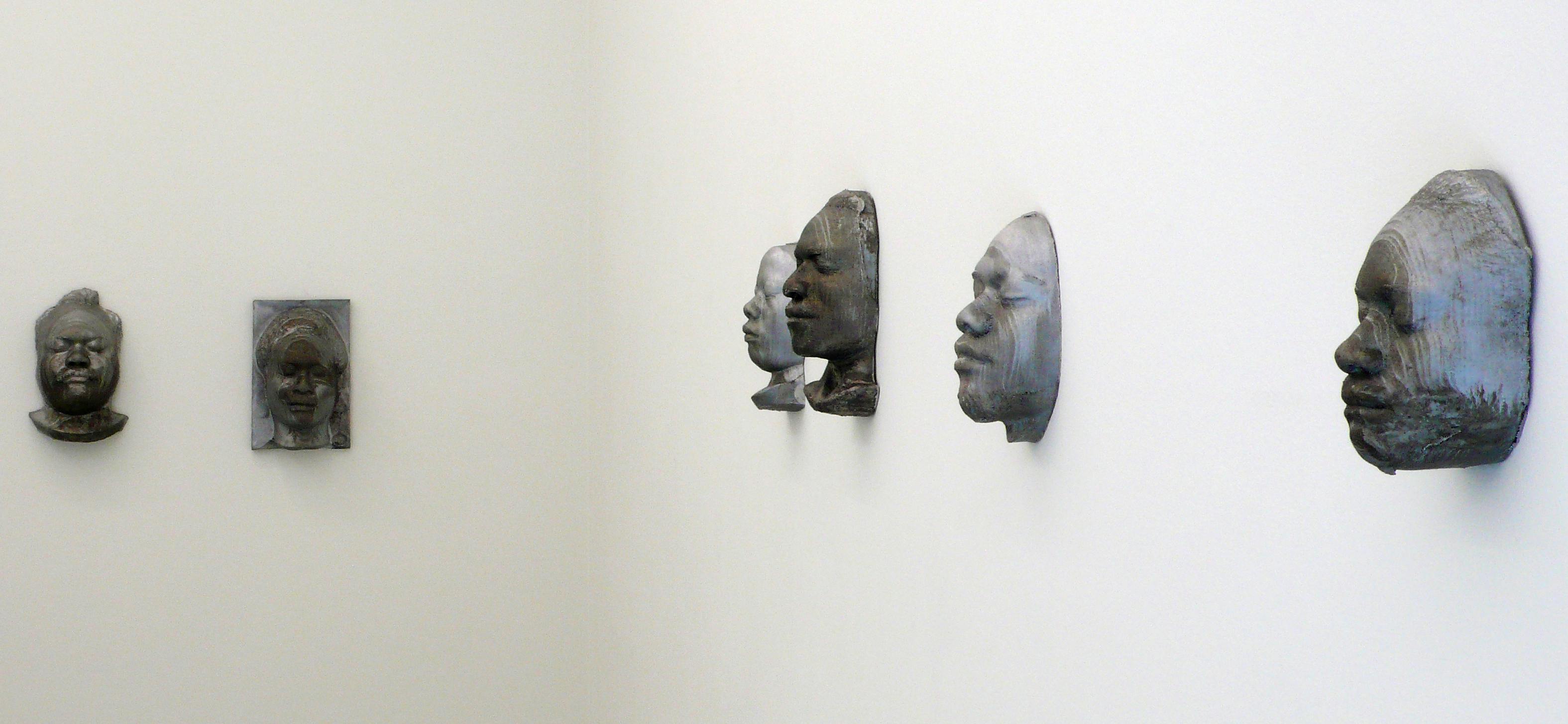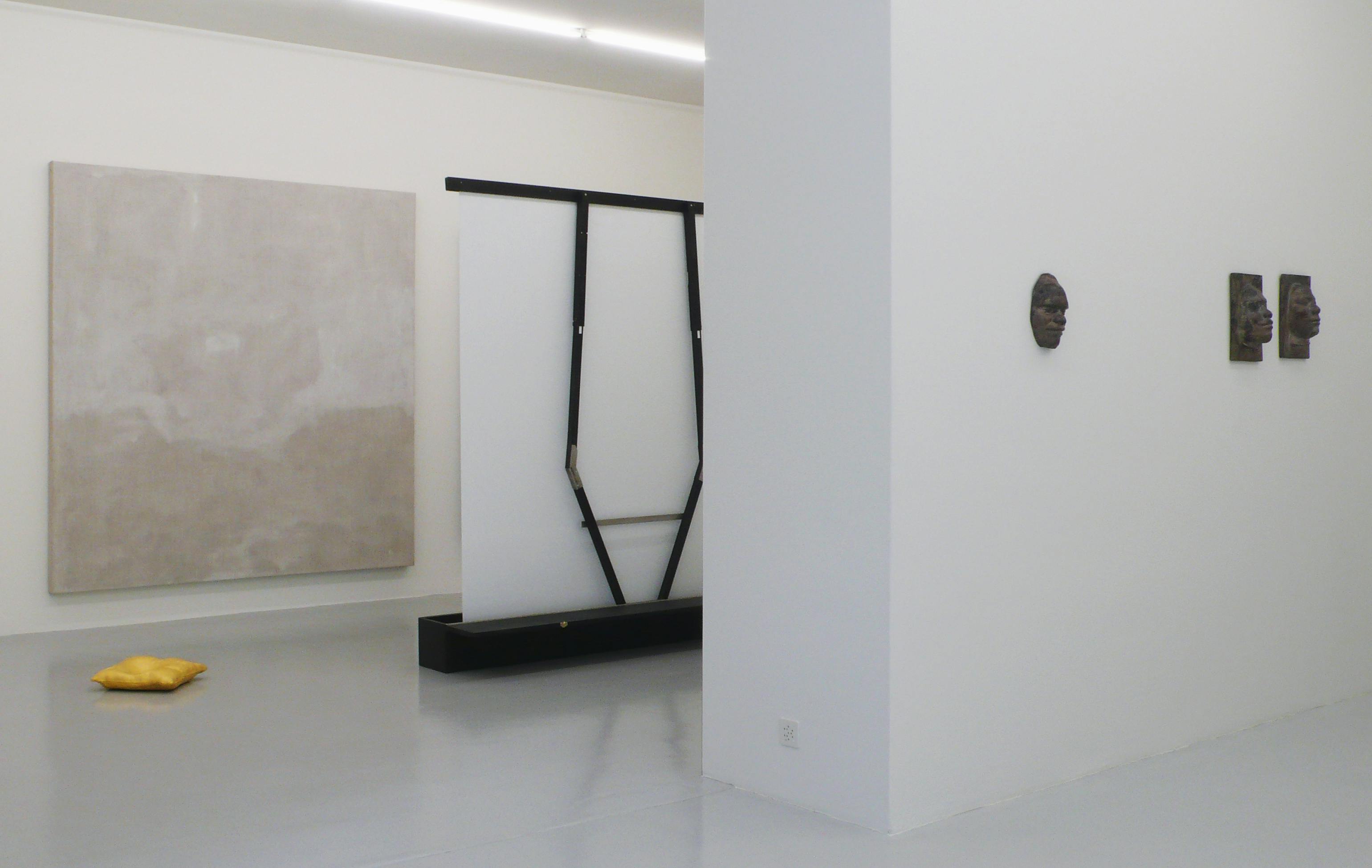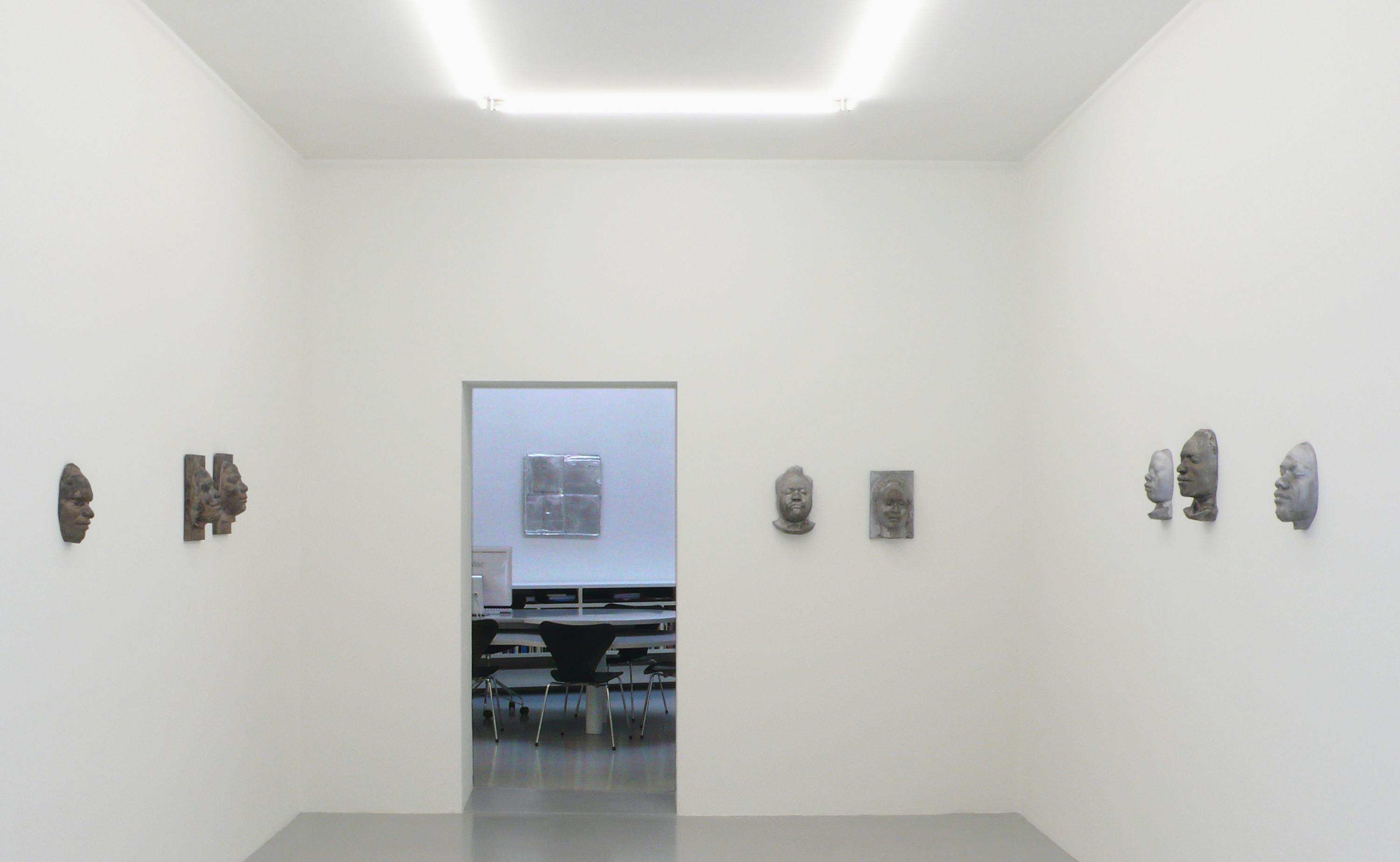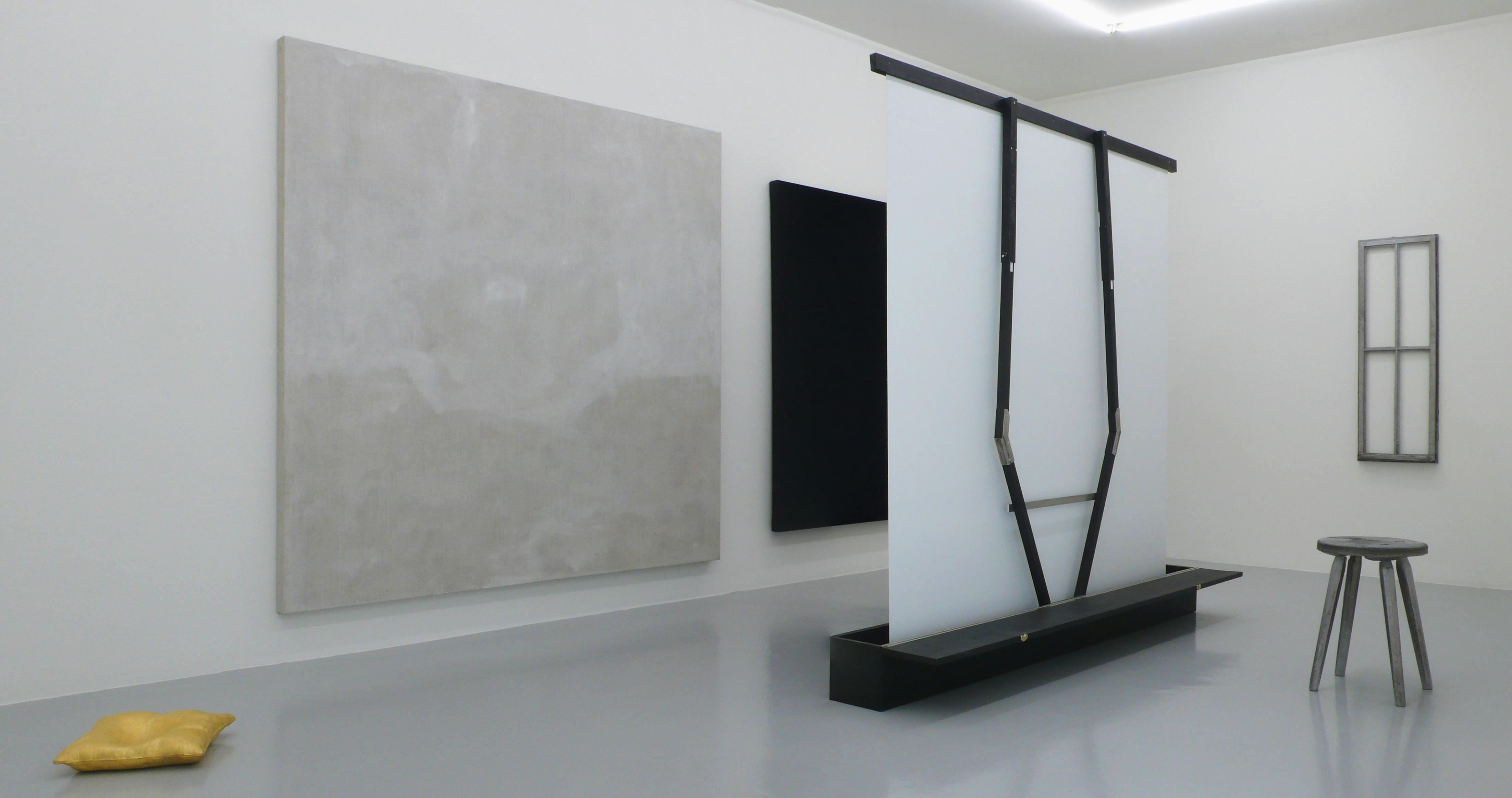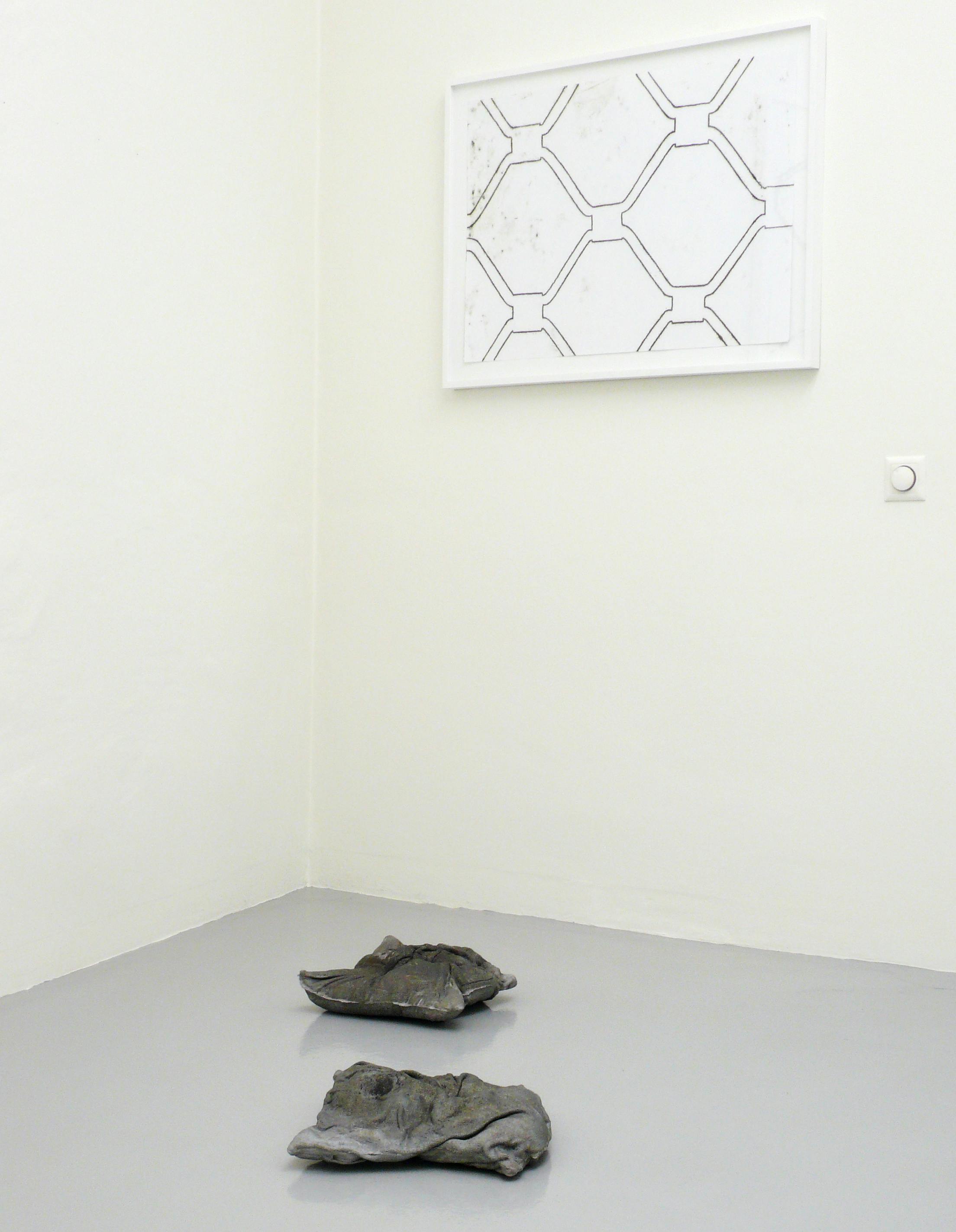We have pleasure in presenting new works by the German artist Jürgen Drescher (born 1955 in Karlsruhe, lives and works in Berlin) in our next exhibition.
His work has been shown in numerous solo and group exhibitions, including at venues in the USA, Italy and Germany, and recently at the Shanghai Biennale. The “Buchhandlung Walther König” published the monograph entitled "Jürgen Drescher – Arbeiten bis heute" in 2007.
Jürgen Drescher's artistic work is characterised by a concern with everyday objects, which he transfers either directly – in the sense of “objects trouvés" that are already transferred by the artist's gesture into "ready-made" objets d'art -, or, as was the case here, through the recent indexal reproduction method of the "casting process" in the gallery. His videos are similarly produced in that he puts existing film material into new contexts and gives it a new interpretation. For some years now, Jürgen Drescher has been combining this practice with an approach characterised by scepticism and mistrust of social regulations and commercially orientated agreements.
In this, his second solo exhibition in Mai 36 Galerie, Jürgen Drescher presents an installative setting of individual objects from various work complexes that may be interpreted in a contextual connection. Aluminium casts – a bench, a window cross, a safe door and discarded clothing – are interspersed by facial impressions, drawings of roll down gates and videos of wheels, rolled- out marquises and empty projection screens placed pointing towards the ceiling
With the aim of creating formal and semantic connections between the exhibits, Jürgen Drescher uses concepts such as the German word "Fund" in the sense of its literal translation "find", as well as in its original English meaning "fund" = capital. Jürgen Drescher regards his finds, his focal material, as capital because they represent – via a kind of "ethnographic" examination – self-experience in the facets of the inventory of the exhibition. This also applies to the facial impressions, which were acquired from the inhabitants of a Pacific island on a South Sea expedition in 1880. The artist and the viewer find themselves in an experimental order that contains material for private mythologies or critical examination. [Text: Barbara Buchmaier, Berlin]






